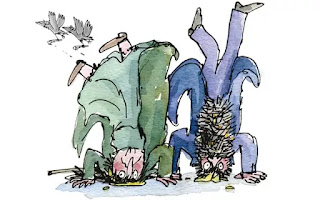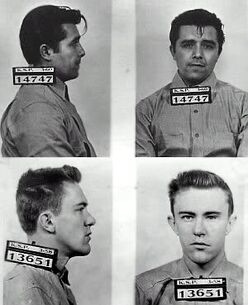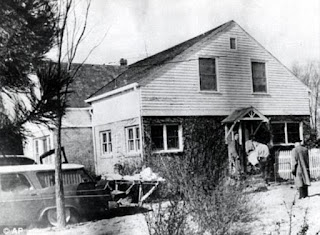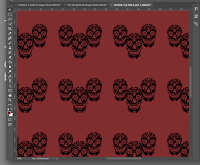Roald Dhal
I really want t do Roald Dhal illustrations for the YCN brief because I love his stories. I grew up watching Matilda and The Witches and James and The Giant Peach. I didn't get the chance to read his books because growing up in Nicaragua in the 90s we didn't have all the sources available now. It wasn't until I came to live in the UK that my husband showed me his complete collection of short stories that his mom used to read him as a child. It was then that I learned of Quentin Blake and his quintessential illustration look. I also have always been attracted to being a book illustrator and childrens' books in particular.
Other childrens' stories that I enjoy are the Stinky Cheese Man and Other Fairly Stupid Tales and El Taller de las Mariposas
Roald Dhal's best book in my opinion are Fantastic Mr. Fox and The Twits and Esio Trot.














































